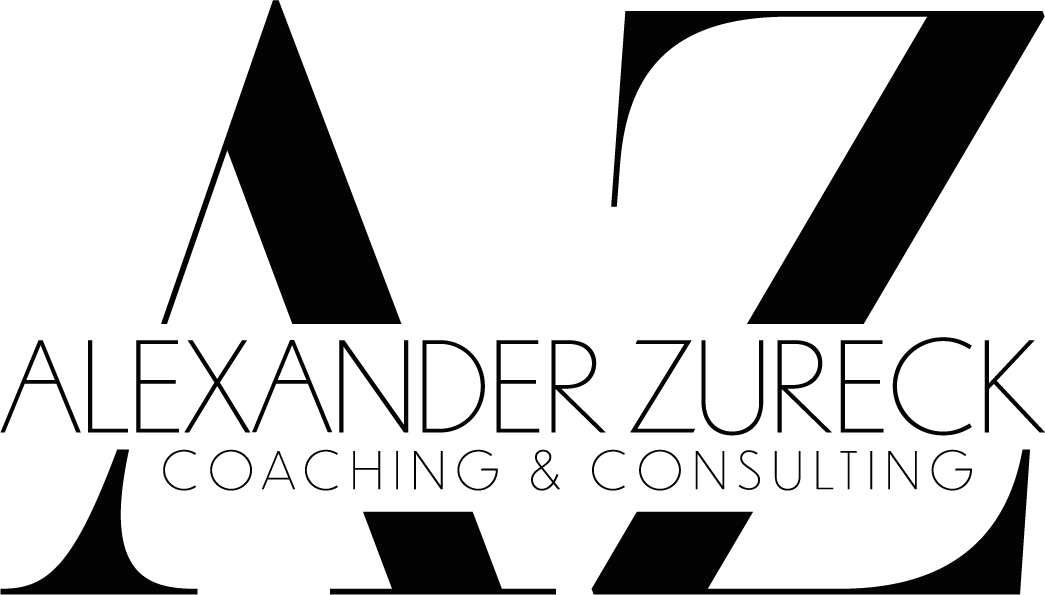
Note: Information on supervision for the thesis can be found in the article “Orientation Guide for the Thesis”.
I can be reached by phone (the number is in the online campus or in all lecture documents), in messengers (e.g. iMessage or WhatsApp), and by email. If I am called on my cell phone, I will automatically call back. If we need to look at documents together, each student can also book a meeting appointment with me directly.
General
In the following, I would like to give a few additional notes on the preparation of the scientific work. These are based on questions that students repeatedly ask me. If there are any open questions, I welcome any call or appointment if the problem can only be clarified in a video meeting.
Seminar or Thesis
Design Notes
Regardless of whether it is a thesis or a seminar paper. My WORD template provides a good starting point for creating your own individualized scientific work. In principle, the specifications from the “Guide to the formal design of seminar/thesis papers (as of May 2021)” apply to all papers (access only possible for students at the FOM University of Applied Sciences). The guide is based on the book “Scientific Work: Successful in Bachelor’s and Master’s Thesis”*.
List of Figures, List of Abbreviations, Table of Contents, etc.
- In principle, each directory begins on a new page.
- Directories are always to be sorted alphabetically.
- In the table of contents, numbers and text should be straight below each other (line and not step principle, you are welcome to work with bold font for a readable structure).
More detailed information on the general design and examples can be found in this article:
Orientation Guide for Theses
Citations
Deviations are allowed with me in the citation method, as I recommend the use of Mendeley. Mendeley is a literature management software. With the help of this, citing is considerably simplified and becomes more efficient. The software allows the content to be in focus and avoids careless mistakes when citing. In general, I can therefore recommend citation software over manual entry, so if you are already familiar with another program (such as Citavi, Endnote, etc.), you are welcome to use it. Further details about the software and how to use it can be found in the article “Easy study with the right tools and techniques”. A single chapter on this can also be found in the book “Scientific Work for Busy People: A Practical Guide with Examples, Instructions and Templates”*. The following deviations are allowed without further consultation:
- All sources can be summarized in a list of sources. A division is not required.
- An internationally recognized citation style can be used, such as APA, Chicago or Harvard. Depending on the style, the indication of page numbers can be omitted.
Citations in the Running Text
The punctuation mark always comes after the source and not before the source when citing in the running text. Examples of this can also be found in the article “Orientation guide for theses”.
Notes on the Content
Choice of Title
The title of the paper must not be formulated as a question. In addition, the title must not contain a company name.
Outline
For an orientation aid to create a coherent outline for each scientific work, you can look at the example for the outline. In principle, the outline in chapters 2 and 3 should be symmetrical. Accordingly, the number of subchapters should be the same. A chapter should only be formed when it comprises at least 1.5 pages of text.
Chapter Designation
- The “course of the investigation” and the “structure of the work” are synonyms and include the description of the contents in the respective chapters.
- I often read “Theoretical foundations” in the outline. That is a bit meager, because it has no informative value. Individual keywords are worse than half sentences.
- Then not everything is written in the blog sentence everywhere, for example on page 4, you can still adjust that. It is important that you pay attention to that accordingly.
- Chapter titles should be meaningful, so they should not be words but half sentences.
Theoretical Foundation
Each scientific work is based on a recognized theory. However, this should not be based too unilaterally on one/few sources, but should be set up as differentiated as possible.
Scope of the Individual Chapters
The text should be distributed equally across all chapters. Ultimately, however, an overhang in the 4th chapter (see sample outline) is completely normal and correct. This is where the focus of the work lies and essentially the own achievement.
Research Question and Objective
The research question should be formulated as concretely and delimited as possible, so that a targeted answer to the research question is possible at the end and corresponding recommendations for action can be derived. The objective should therefore be worked out as precisely as possible in order to set a measurable goal, which can then also be better completed in the discussion and in the conclusion. A good example can be found in the publication “Critical analysis of the influence of a migration background on investment behavior in selected categories”.
Conclusion and Outlook
- The last chapter should be called “Conclusion & Outlook”. There, the essential research question should be answered and central recommendations for action should be given.
- The chapter should not exceed 1.5 pages.
Sources
The sources for explaining general content should not be too old. These should not be older than 5 years. The situation is different, of course, with theories, where the originator must always be named.
*Affiliate links/ads
